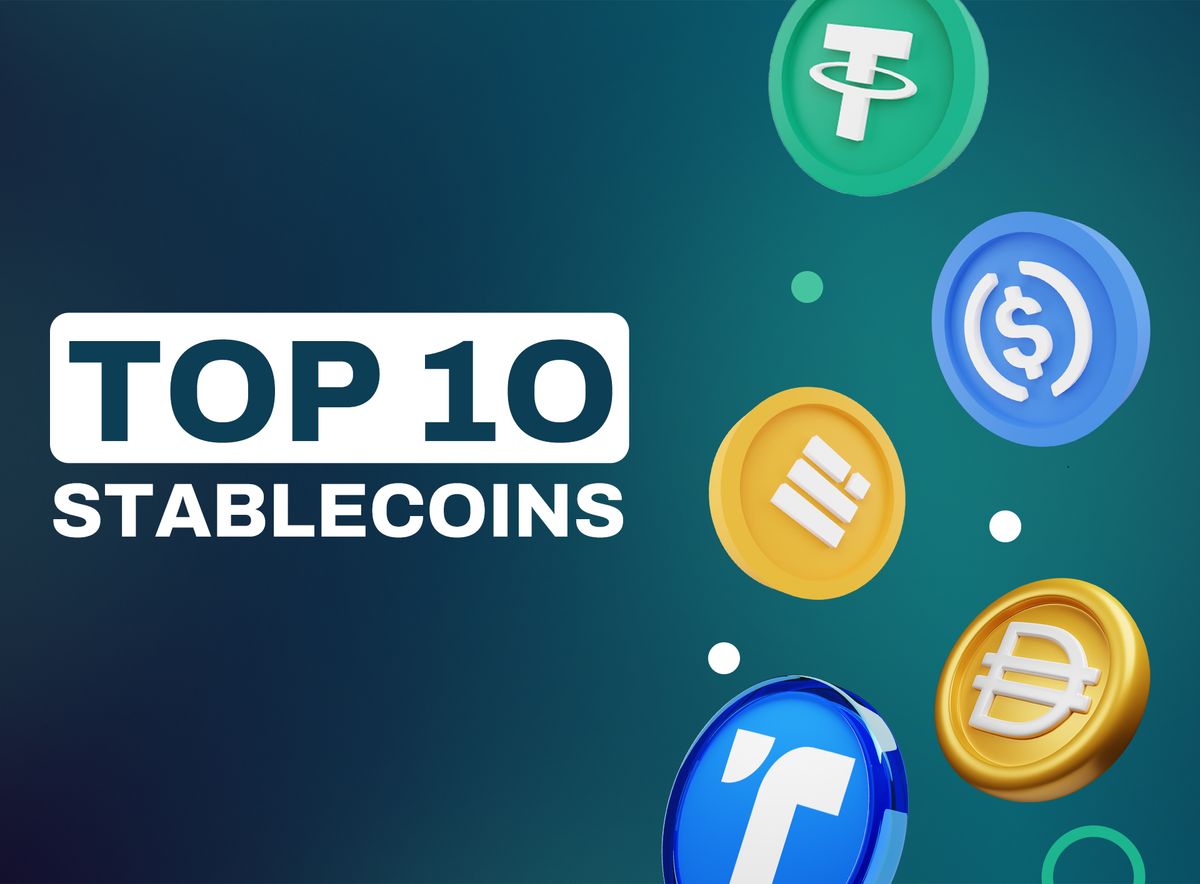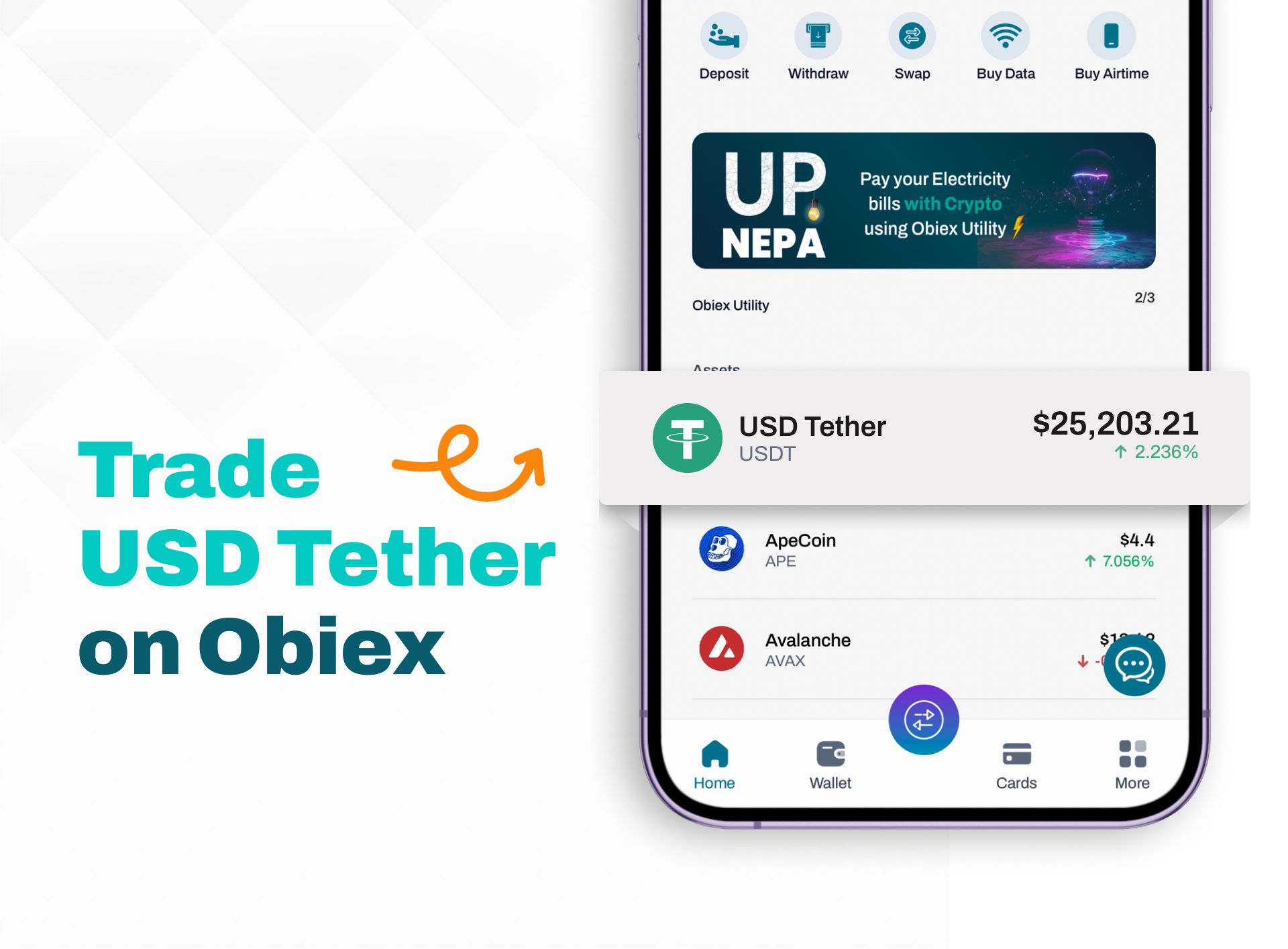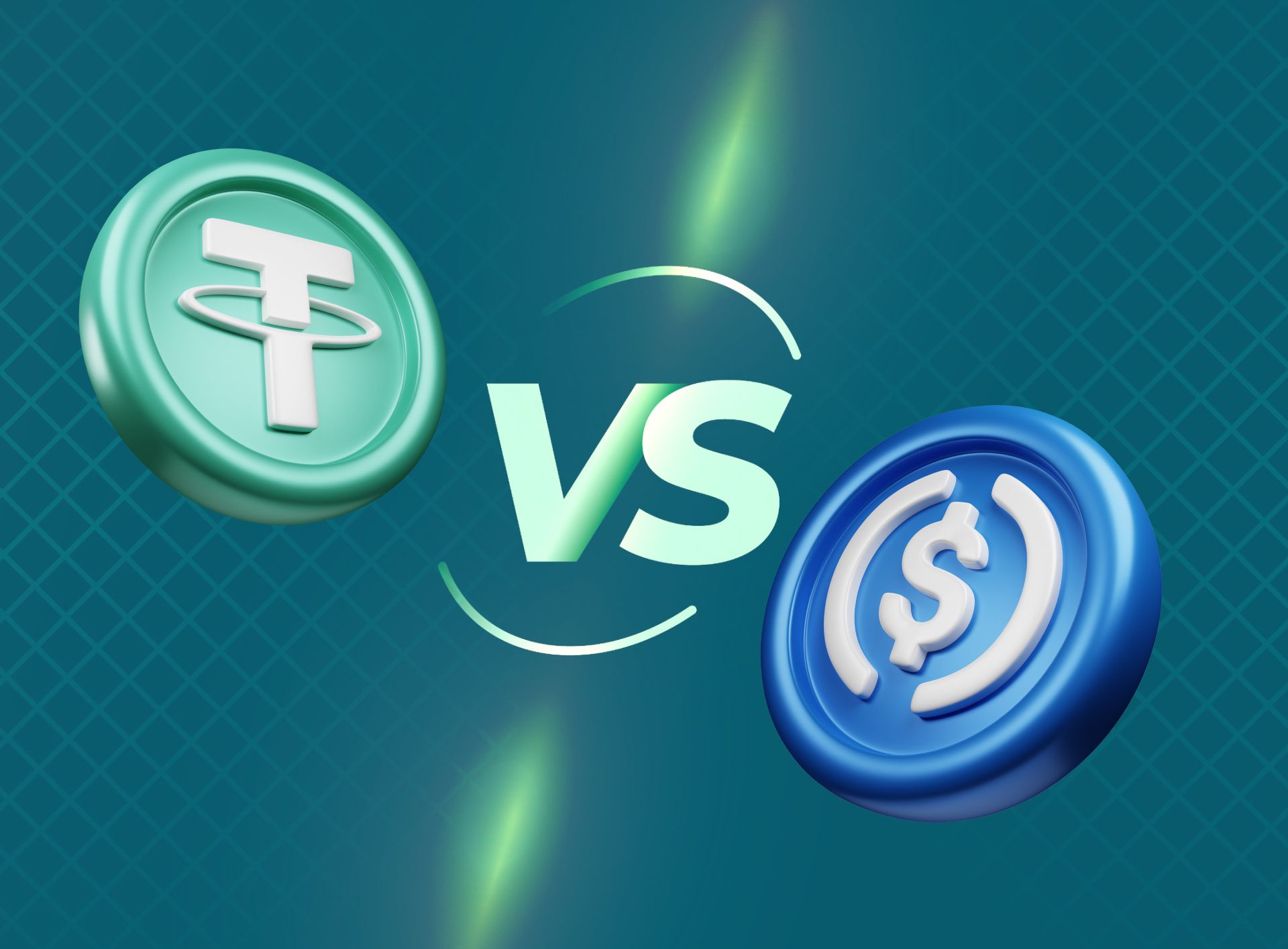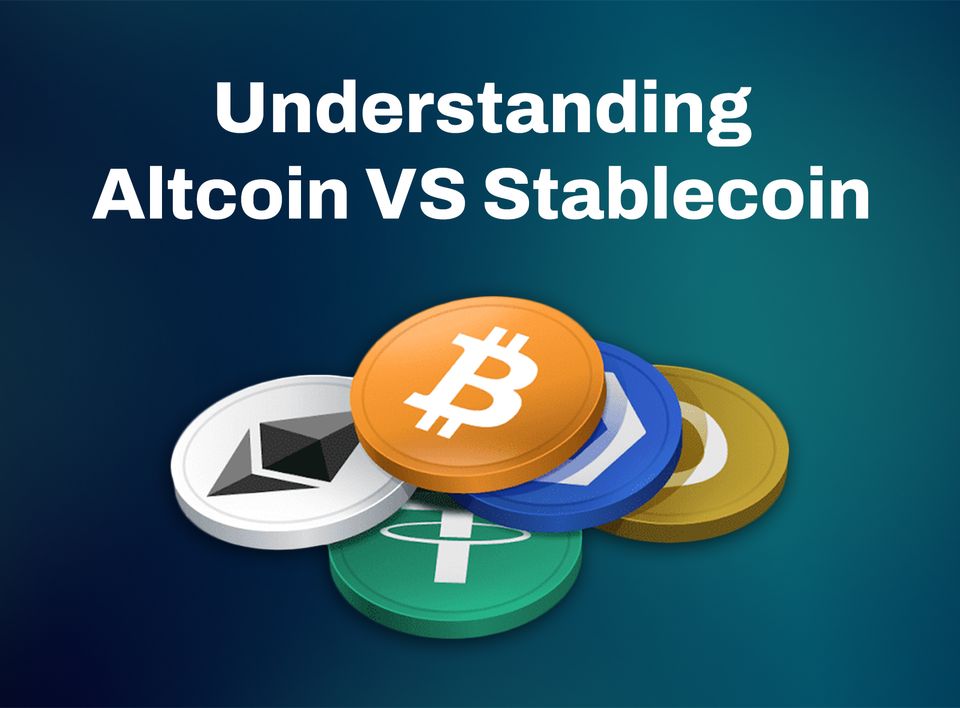Top 10 Stablecoins in the Market
Stablecoins play a vital role in the broad world of cryptocurrency. They are designed to provide a consistent value by linking their worth to an underlying asset. Let's explore the top 10 stablecoins leading the way in the crypto market...

TABLE OF CONTENTS:
1. Introduction
2. What are Stablecoins?
3. Why are Stablecoins Significant in the Crypto Market
4. Top 10 Stablecoins
5. FAQs
6. Closing Thoughts

Introduction
Cryptocurrency values can be unpredictable, leading investors to seek stability within the “crypto-verse”. In the cryptocurrency ecosystem, stablecoins stand out as reliable options, bridging traditional finance with the crypto market.
These digital assets are designed to reduce price swings by being linked to real-world stable assets like regular or fiat currencies or commodities. As the crypto landscape evolves, stablecoins have gained significant attention for their steady and practical nature. They act as a safe harbour in the unstable market, creating a connection between traditional finance and the decentralised blockchain space.

Let's delve into the concept of stable cryptocurrencies and explore the current top 10 stablecoins in the market.
What are Stablecoins?
Stablecoins play a vital role in the broad world of cryptocurrency. Unlike the often unpredictable behaviour of typical cryptocurrencies such as Bitcoin or Ethereum, stablecoins are designed to provide a consistent value by linking their worth to an underlying asset. Their main purpose is to reduce the frequent and drastic price fluctuations seen in the crypto market.
Think of stablecoins as a link connecting digital currencies with the stability of traditional assets like the US dollar or gold. They offer a secure and dependable way for traders and investors to transfer their funds across various cryptocurrency exchanges without being affected by the unpredictability found in other digital currencies.
The key goal of stablecoins is to retain a steady value, making them a preferred choice for those looking to protect against market changes or for swift transactions without the risk of value alterations. These assets have gained significant popularity due to their reliability and usefulness in daily transactions, smart contracts, money transfers, and more.
Why are Stablecoins Significant in the Crypto Market?
1. Stability Amid Unpredictability: Stablecoins play a crucial role in the crypto market as they offer stability in an otherwise highly unstable environment. While traditional cryptocurrencies like Bitcoin or Ethereum can experience significant price fluctuations, stablecoins are designed to maintain a steady value, often pegged to fiat currencies like the US dollar or other assets, thereby minimising risks associated with market instability.
2. Facilitating Trading: Traders often use stablecoins as a safe haven during times of market uncertainty. These coins provide a quick and efficient way to move funds in and out of more unstable assets. For instance, if someone wants to take profits from a highly fluctuating cryptocurrency but does not want to convert it into fiat currency due to time or tax implications, they can convert it into a stablecoin to secure its value temporarily.
3. Swift Transactions: Stablecoins are built on blockchain technology, allowing for fast and secure transactions. These coins streamline international transfers, enabling individuals and businesses to move funds across borders quickly and with minimal fees. For instance, someone in the US can send stablecoins to a recipient in Europe almost instantly, bypassing the delays and fees associated with traditional banking systems.
4. Hedging Against Market Fluctuations: Investors use stablecoins as a hedging mechanism against potential losses in the crypto market. If there's anticipation of a downward trend in the market, investors can swiftly convert their assets into stablecoins to protect their value. This strategy helps to safeguard their portfolio from the impact of sudden market crashes.
5. Access to DeFi and DApps: Stablecoins are the primary medium of exchange in decentralised finance (DeFi) platforms and decentralised applications (DApps). Users can lend, borrow, and earn interest by using stablecoins as collateral. Furthermore, these coins serve as a base pair for trading on various decentralised exchanges, facilitating liquidity and enabling diverse financial activities.

6. Price Stability for Transactions: Businesses utilising cryptocurrencies often face challenges due to price instability. Stablecoins offer a solution by maintaining a stable value, ensuring that companies can confidently engage in transactions without worrying about the fluctuating value of the currency being used.
7. Regulatory Compliance: With relative stability and a peg to traditional currencies, stablecoins are seen as a bridge between the traditional financial system and the crypto world. This stability makes them more appealing to regulators and institutions, fostering a more compliant environment within the crypto sphere.
Top 10 Stablecoins

Let's explore the top 10 stablecoins leading the way in the crypto market:
1. Tether (USDT)
2. USD Coin (USDC)
3. Dai (DAI)
4. TrueUSD (TUSD)
5. Paxos Standard (PAX)
6. Binance USD (BUSD)
7. Gemini Dollar (GUSD)
8. HUSD (HUSD)
9. Stably (USDS)
10. Tether Gold (XAUT)
1. Tether (USDT):
Tether, the most widely used stablecoin, was launched in 2014 and is pegged to the US Dollar, aiming to maintain a 1:1 value ratio. Despite some controversies regarding its transparency and reserves, Tether remains a key player in the crypto world due to its high liquidity and widespread adoption. It holds the highest trading volume and market capitalisation among stablecoins.

2. USD Coin (USDC):
USDC, launched in 2018, is a stablecoin pegged to the US Dollar and is a joint venture by Coinbase and Circle. It operates under a fully transparent reserve and undergoes regular audits, providing a secure and reliable option for users. It has gained prominence due to its regulatory compliance and transparency.

3. Dai (DAI):
Unlike other stablecoins, Dai is decentralised and operates on the Ethereum blockchain. It's stabilised through over-collateralisation and smart contracts, allowing users to generate Dai by locking up their crypto assets as collateral.

4. TrueUSD (TUSD):
TrueUSD is another USD-pegged stablecoin offering transparency and reliability. TrustToken, the company behind TUSD, ensures that the stablecoin is fully collateralised by US Dollars held in escrow accounts.
5. Paxos Standard (PAX):
Paxos Standard is a regulated stablecoin, approved by the New York State Department of Financial Services (NYDFS). It is fully backed by US Dollars held in Federal Deposit Insurance Corporation (FDIC)-insured banks and operates with strong regulatory compliance.
6. Binance USD (BUSD):
Introduced by Binance, one of the world's largest cryptocurrency exchanges, BUSD is a stablecoin pegged to the US Dollar. It offers users a seamless bridge between fiat and crypto on the Binance platform.
7. Gemini Dollar (GUSD):
GUSD was created by the Gemini Exchange, which operates under stringent regulatory oversight. It is pegged to the US Dollar and provides users with transparency and security.
8. HUSD (HUSD):
HUSD is a stablecoin aggregating various other stablecoins, simplifying transactions and providing users with options to hold multiple stablecoin assets within a single token.
9. Stably (USDS):
Stably's USDS is a fiat-collateralised stablecoin that operates with a focus on simplicity, accessibility, and security, targeting a wide range of users in the crypto space.
10. Tether Gold (XAUT):
Tether Gold is unique among stablecoins as it is backed by physical gold. Each XAUT token represents ownership of one troy fine ounce of gold on a London Good Delivery gold bar, offering investors exposure to the stability of gold while using the efficiency of a digital asset.

FAQs
Q1. What makes stablecoins different from regular cryptocurrencies?
A1. Stablecoins are pegged to stable assets, reducing instability, whereas regular cryptocurrencies experience significant price fluctuations.
Q2. Are stablecoins regulated?
A2. Regulation varies among stablecoins. Some comply with specific regulatory standards, while others may not.
Q3. How are stablecoins used in the crypto market?
A3. Stablecoins are primarily used for trading, hedging against market instability, and as a medium of exchange within the crypto market.
Q4. Are stablecoins as unstable as other cryptocurrencies?
A4. No, stablecoins are designed to minimise instability and maintain a stable value, unlike other cryptocurrencies.
Q5. What's the advantage of using stablecoins for trading?
A5. Stablecoins allow traders to move in and out of cryptocurrency positions without converting to fiat, avoiding market instability.
Q6. How are stablecoins backed?
A6. Stablecoins can be backed by fiat currency, commodities like gold, or other cryptocurrencies held in reserves.
Q7. Can stablecoins be used for international transactions?
A7. Yes, stablecoins offer faster and cheaper cross-border transactions compared to traditional banking systems.
Q8. What risks are associated with using stablecoins?
A8. Regulatory changes, failure of the backing assets, or lack of transparency in reserves can pose risks to stablecoin users.
Q9. Where can I buy stablecoins?
Stablecoins are available on Obiex and various other cryptocurrency exchanges and can be purchased using fiat or other cryptocurrencies.
Q10. How can I redeem or cash out stablecoins?
A10. Most stablecoins can be redeemed through supported platforms or exchanges where they can be exchanged for fiat currency.
Closing Thoughts
The top 10 stablecoins presented here offer different approaches to stability, backed by a range of assets and regulatory standards. As the crypto market continues to evolve, these stable digital assets play an integral role in enhancing market efficiency and enabling a seamless experience for traders, investors, and everyday users.
Remember, while stablecoins offer stability, it's essential to conduct thorough research and understand the risks and advantages associated with each before diving into stable digital assets.
Disclaimer: This article was written by the writer to provide guidance and understanding of cryptocurrency trading. It is not an exhaustive article and should not be taken as financial advice. Obiex will not be held liable for your investment decisions.





